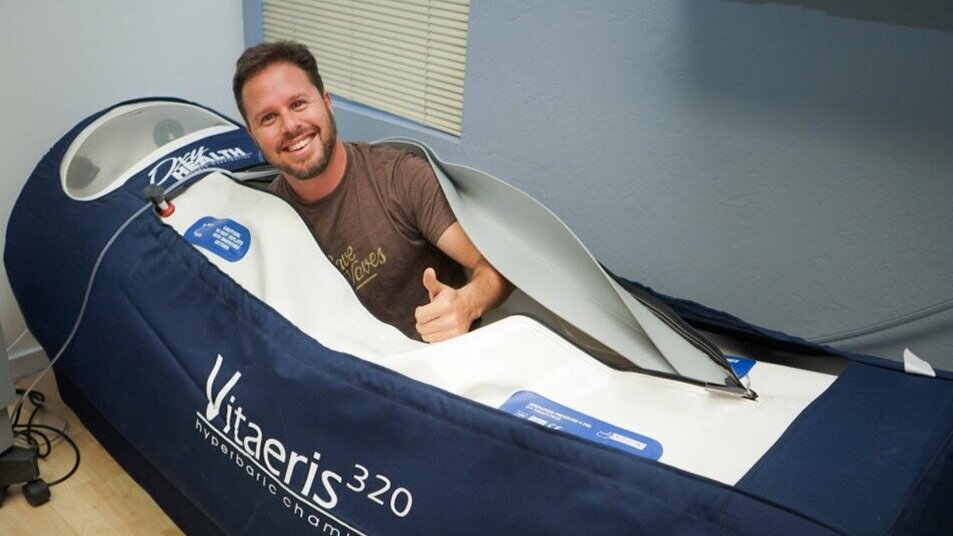Different types of Hyperbaric Oxygen Chambers
Did you know that there are different types of hyperbaric chambers?
There are three main types of hyperbaric chambers available: soft chambers, monoplace chambers, and multiplace chambers. Below you can find out more about each type.
Soft chambers
Soft chambers are built out of an elastic plastic called TPU. TPU is used in many common goods, including inflatable rafts and conveyor belts. Soft chambers inflate with air to a certain set of dimensions and internal chamber pressure. In the US, soft chambers pressurize to the mild HBOT (mHBOT) pressure limit of 1.3 ATA or 10 feet of sea water equivalent. They are approved for home use and are insurance approved for Acute Mountain (Altitude) Sickness. There is also a growing list of investigational indications with the research most promising in neurocognitive recovery (traumatic brain injuries, anoxic brain injury, dementias, etc) and cognitive optimization. In addition, there are many ways to stack additional technologies and therapies before, during, and after soft chamber HBOT. This is why I call them the Neurohacker Special.
Monoplace chambers
Monoplace chambers are single person chambers that are built out of composite metal, steel and/or fiberglass. They can reach internal pressures of 2 or 3 ATA (33ft to 66ft of sea water equivalent) and are the most common type of chamber used to treat insurance-approved indications for HBOT in the US and many of the investigational indications as well. The most famous occupant of a monoplace chamber was Michael Jackson in the 1980’s who used it (initially at least) to recover from third degree burns he sustained while filming a Pepsi commercial. He then donated the chamber to a burn unit in Los Angeles. He was also reportedly sleeping in the chamber as well, which except for short naps, is something we never recommend due to risks of oxygen toxicity which I will discuss in further posts.
Multiplace chambers
They are steel chambers that can go to very deep depths and can treat many patients at the same time. They are often found in trauma centers, tertiary care hospitals, and popular diving destinations because they are able to treat very sick patients who are on ventilators, IV drips, or otherwise requiring more intensive care. Multiplace chambers can treat all HBOT indications but are most famous for their use in treating decompression illness or the Bends. This was the first indication for HBOT in the early 1920’s. The largest multiplace facility in the world is in Tel Aviv, Israel at the Sagol Center for Hyperbaric Medicine. It is run by my colleague, Dr. Shai Efrati. The Sagol Center has a waiting list of over 10,000 people for their reverse aging program.
We hope you found this information useful. If you have any questions or would like to contact us, send us an email or join our community on Facebook!





